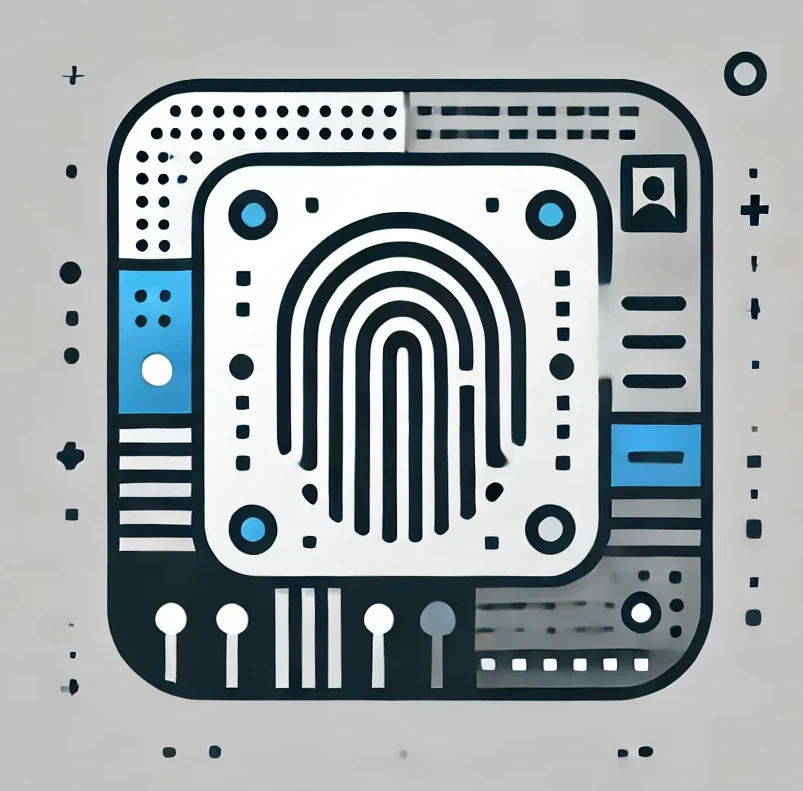IOTA Identity has reached its Alpha release on the MoveVM blockchain, merging digital identity management with decentralized technology. The framework allows for self-sovereign identities and verifiable credentials while ensuring data privacy and integrity. By utilizing a directed acyclic graph for transaction processing, IOTA presents a cost-effective alternative to traditional blockchains. Despite challenges, IOTA’s innovative approach highlights the complexity of digital identity ecosystems.
IOTA’s decentralized identity framework, known as IOTA Identity, has achieved its Alpha release within a new blockchain virtual machine (VM), the MoveVM. This development is significant as it merges digital identity management with public blockchain technologies, addressing the need for enhanced digital trust while enabling self-sovereign identity (SSI) and verifiable credentials management.
The transition from the Stardust VM to MoveVM marks a pivotal move, providing improved security and flexibility for smart contracts. The framework remains on an immutable ledger ensuring data integrity and utilizes off-chain verifiable credentials to prioritize privacy and maintain user control. Incorporating cryptographic verification ensures the authenticity of identities while enabling interoperability across various platforms.
IOTA Identity aims to serve as a comprehensive trust layer for the internet, enhancing digital interactions between individuals, organizations, and IoT devices. It adheres to W3C Decentralized Identity Standards, utilizing decentralized identifiers (DIDs) to empower users with full control over their digital identities through cryptographic keys. This infrastructure is designed to be open and accessible, enabling public auditability and resistance to censorship.
In contrast to conventional blockchain models that rely on linear transaction chains, IOTA employs a directed acyclic graph (DAG) called “the tangle” to process transactions. This innovative structure eliminates the need for mining, enabling fee-less transactions and facilitating cost-free submissions to the network. IOTA claims it offers the same decentralization and immutability benefits as traditional blockchain systems, devoid of mining-related inefficiencies.
While some critics highlight concerns about decentralization due to its reliance on a “coordinator node,” proponents recognize IOTA’s unique characteristics and its strategic partnerships, including collaboration with entities like the European Commission. Notably, in 2024, IOTA’s Web3 identity product was selected for the European Blockchain Sandbox, showcasing its potential impact.
IOTA’s innovative approach illustrates the integration of various biometrics and digital identity components within an evolving landscape. It underscores the reality that a single dominant solution may not emerge; instead, a multifaceted ecosystem will likely evolve, encompassing interconnected technologies and diverse applications for digital identity.
The Alpha release of IOTA Identity marks a significant advancement in the decentralized identity landscape, highlighting its potential to enhance digital trust and establish self-sovereign identity systems. By leveraging a novel blockchain VM and adhering to open standards, IOTA Identity positions itself as a key player in digital identity management. Despite some critiques around its decentralization, the combination of IOTA’s unique DLT architecture and its partnerships indicates a promising future for secure digital interactions.
Original Source: www.biometricupdate.com





